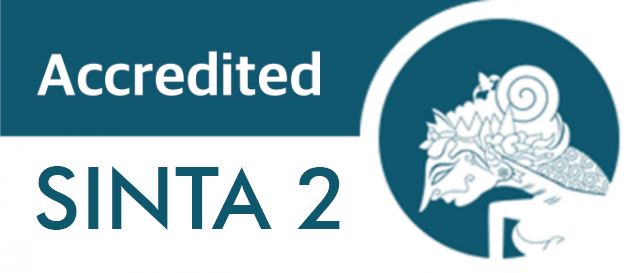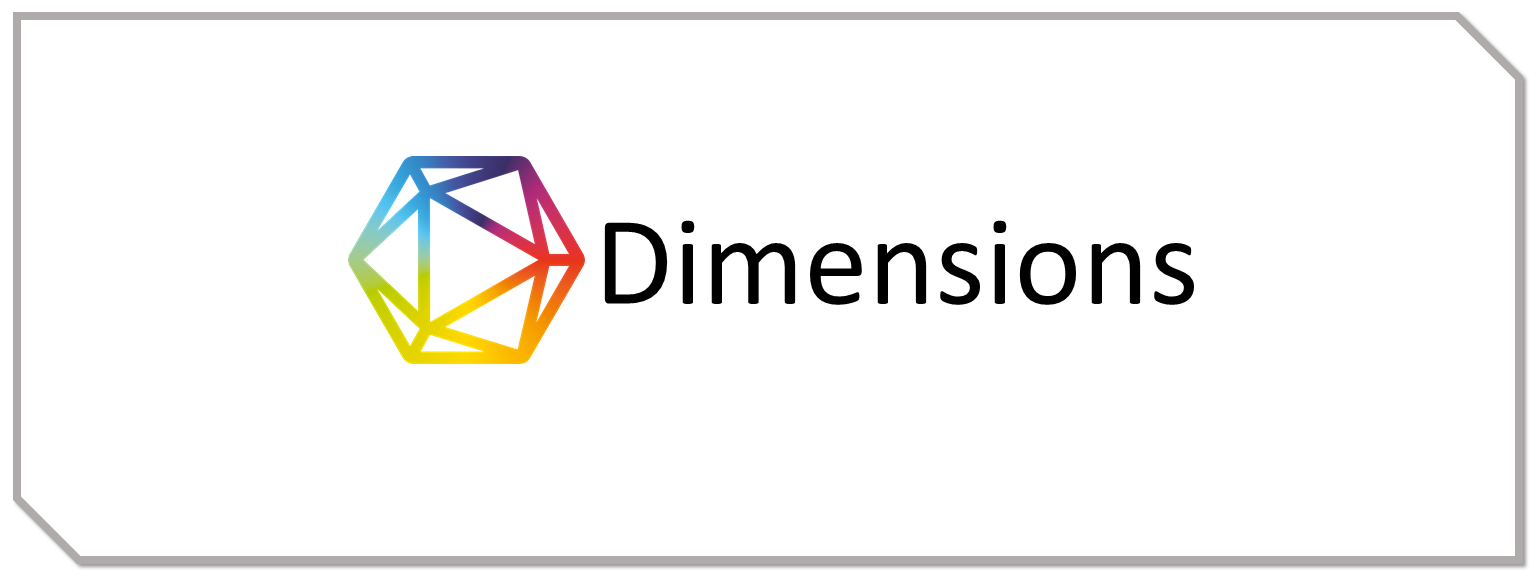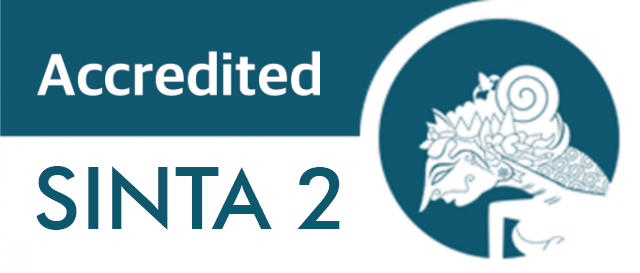Effectiveness of Community Smoking Prevention Education in Enhancing Adolescent’s Knowledge in Banyuwangi Indonesia
Downloads
Introduction: Tobacco consumption increases the risk of chronic diseases and death. In Indonesia, the prevalence of active smokers is estimated to reach 27% of the population, or 70 million people, with 7.4% of them aged 10-18 years. The aim of this study is to assess the effectiveness of community smoking prevention education in enhancing adolescent knowledge in Banyuwangi, Indonesia. Methods: This study used a quasi-experimental research design with a pre- and post-test one-group approach. In this study, we employed total sampling as our sampling technique. The samples were students of class X SMA Negeri 1 Giri Banyuwangi, aged 14-16 years old. The intervention includes a presentation on long-term health consequences, the risk of addiction, and the adverse effects of smoking. Psychiatrists led our intervention, sharing general knowledge about smoking behavior and its risk for health outcomes. Results: The study ultimately employed a final sample of 49 participants. The paired t-test increased from the pre-test (53.47) to the post-test (63.47) score average. The standard deviation for the pre-test and post-test is 14.513. Eventually, the standard error mean for the pre-test and post-test is 2.073. The average learning outcome in the pre-test (53.47) is less than that of the post-test (63.47), and the p-value is 0.000, which is less than 0.05. Conclusion: The study’s results indicated that prevention education had a significant impact on increasing adolescents’ knowledge about smoking (p = 0.000). Regular prevention programs could further enhance adolescents’ understanding of the topic.
Copyright (c) 2025 Nindy Adhilah

This work is licensed under a Creative Commons Attribution-ShareAlike 4.0 International License.
1. Copyright of this journal is possession of the Author, by the knowledge of the Editorial Board and Journal Manager, while the moral right of the publication belongs to the author.
2. The journal allows the author(s) to retain publishing rights without restrictions.
3. The articles are published under a Creative Commons Attribution Share-Alike (CC BY-SA) license. Many research funding bodies prefer the CC BY-SA license because it allows for maximum dissemination and re-use of open access materials. Users are free to share (copy, distribute, and transmit) and remix (adapt) the contribution under this license, including for commercial purposes, as long as they attribute the contribution in the manner specified by the author or licensor.
























